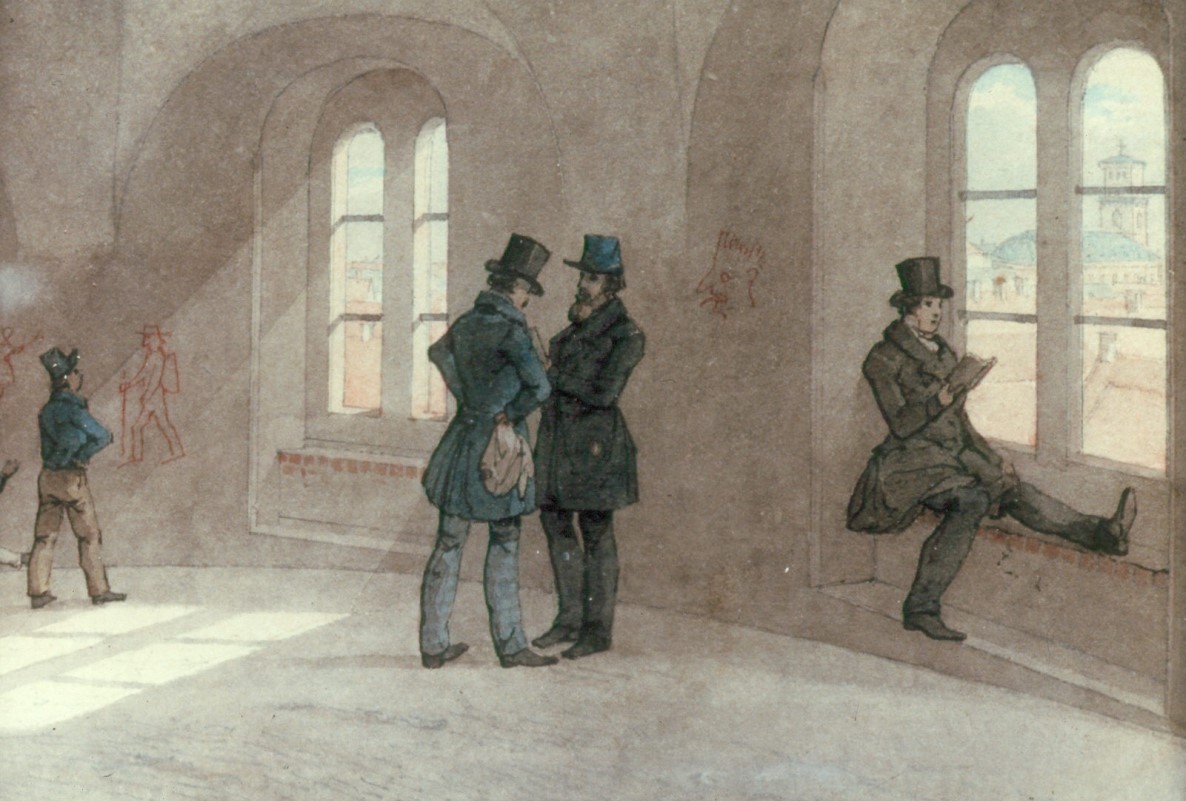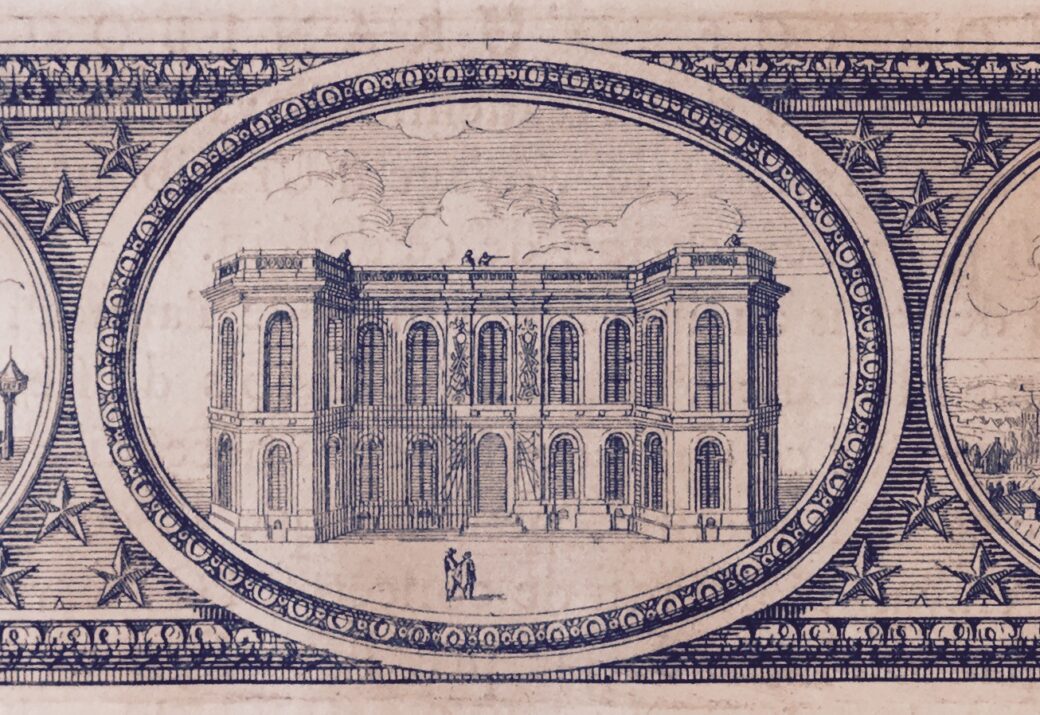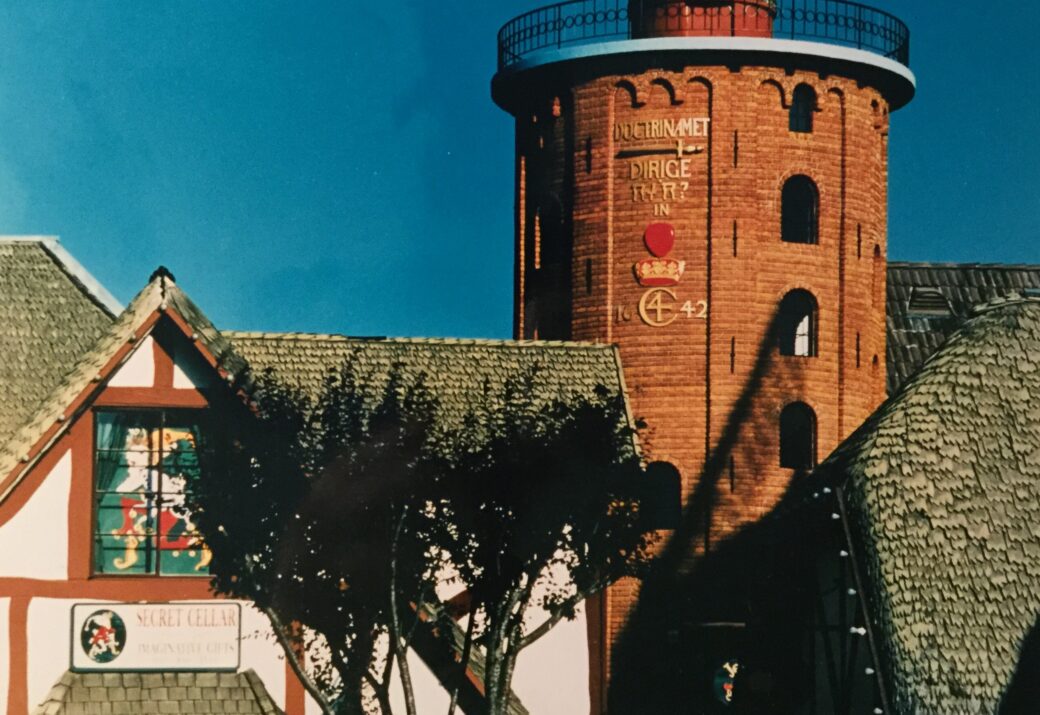This website uses cookies so that we can provide you with the best user experience possible. Cookie information is stored in your browser and performs functions such as recognising you when you return to our website and helping our team to understand which sections of the website you find most interesting and useful.
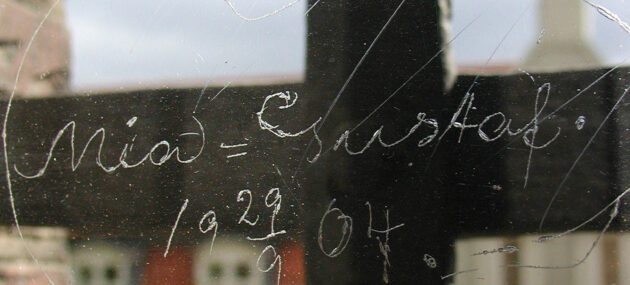
Scratched in the Windowpane
Kilroy might not have been here, but in exchange Mia and Gustaf, Charles Rasmussen and “forester P. Petersen” have all visited the Round Tower and left a memory that can still be seen. Each of them have scratched their name on one of the small leaded windowpanes, which separate the tower’s Spiral Ramp from the rest of the world.
And they are not the only ones. If one looks closely, it is possible to discover dozens of names and dates on the windowpanes. Especially if the sun is shining, for then they appear particularly beautiful.
Some of the names are written rather ineptly, others are small artistic works of meticulousness. But they also derive from a time when handwriting was more substantial than today. Mia and Gustaf, for instance, visited the tower in September 1904, Charles Rasmussen three years later and forester Petersen in 1938. As it happens he was here on the 7 July – the same date on which the foundation stone was laid exactly 301 years earlier.
Secretive Craftsmen
The Spiral Ramp has not always had windowpanes. Originally, only wooden shutters covered the openings, in 1833 the iron bars came and in the middle of the 19th century the windowpanes were inserted. However, even before this time visitors could easily find a spot to leave their name when they visited the Round Tower. As can be seen on old drawings and photographs, a great number of names could be found on the arches and walls of the Spiral Ramp together with inscriptions and other imaginative debauchery.
“But now that the damage has been done, one might as well enjoy the glimpses of stories that the inscriptions bring forth”
Perhaps not surprisingly, some of the keenest to scratch their name on the windowpanes were glaziers and their journeymen. For instance, a journeyman glazier wrote his name all the way back in 1899, which is probably the oldest dated inscription in the Spiral Ramp today. Later, several followed suit. And maybe a couple of the journeymen glaziers have spent more energy on perpetuating themselves than on doing their work. In any case, one can observe that several of the windowpanes have been turned upside down or inserted reversely.
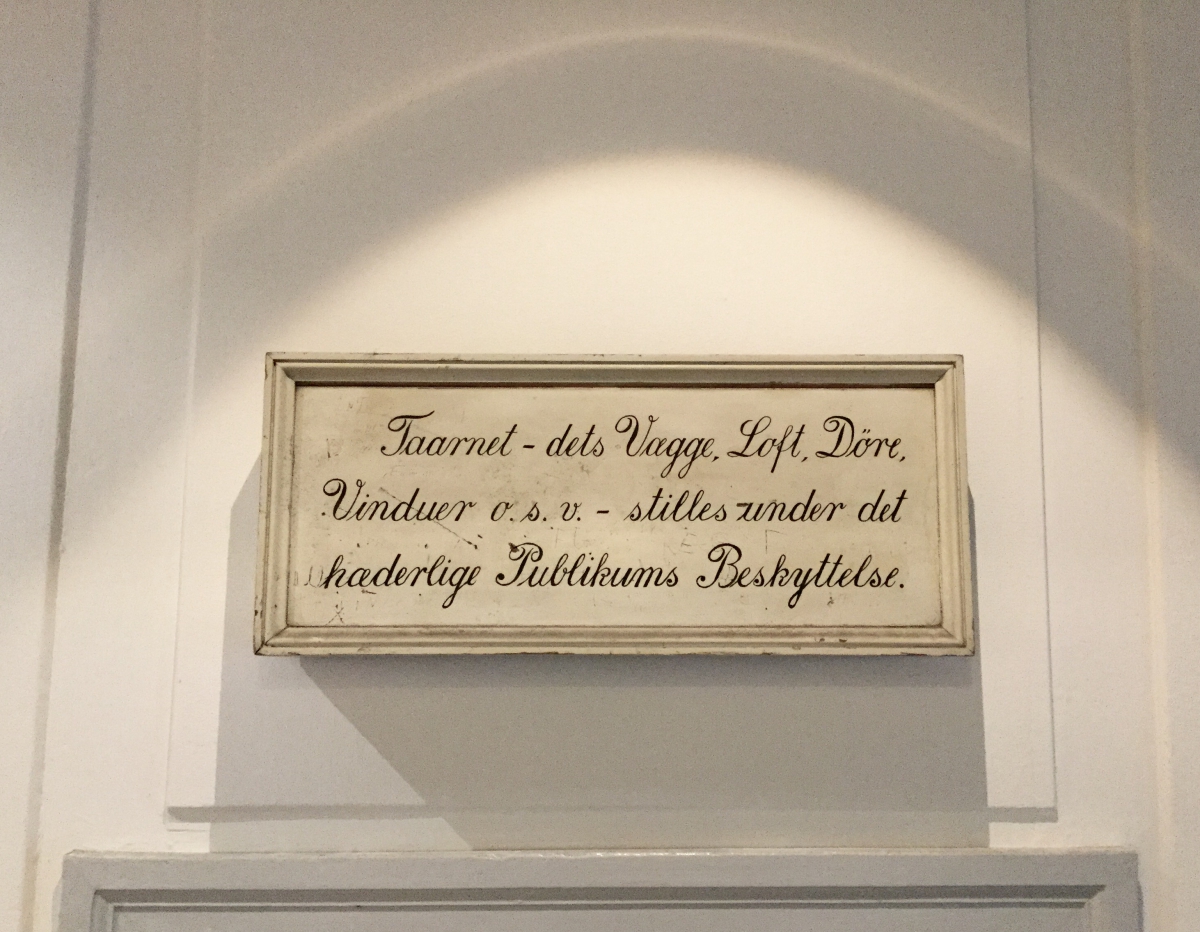
There is something oddly secretive about all these names. Who was this “Bricklayer Jensen” and this “Bricklayer Watson” that have spent time on almost soldering their names next to each other into the glass of the windowpane one March day in 1911? Whence came Koja and Wibeke who liked each other so much that they placed the most delicate little heart between their names in 1954? What was the story behind E. C. L. Frederiksen from “San Francisco, California” who scratched his name in one of the windowpanes – was he a Danish immigrant retracing his steps? And one has to wonder what could have entitled someone to write “You black swine”, with a somewhat less sweeping handwriting, below journeyman glazier M. Christensen’s inscription from 1934.
From Vandalism to Cultural Heritage
The imagination has free rein, for the answer is long since blown out of the Spiral Ramp and has only left names and dates. And like on the many pews and parish clerk chairs, where generations have amused themselves with making sure that their names will not be forgotten, vandalism has become cultural heritage here too. Forbearance grows as time goes by.
We are far from encouraging anyone to continue this tradition on any of the 1674 small accessible windowpanes, nor on the splendour of the virginal windows in the Library Hall. But now that the damage has been done, one might as well enjoy the glimpses of stories that the inscriptions bring forth and the images that appear when one tries to envisage what lies behind.
